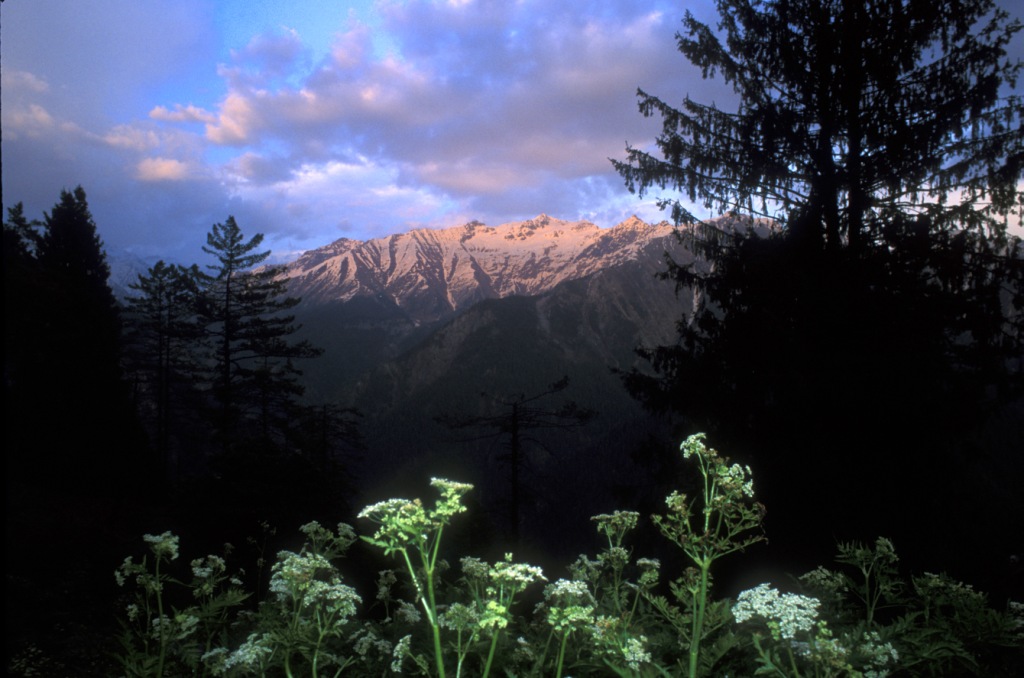Not many of us know that just 60 kms away from Kullu town lies a 765 sq km area known as the Great Himalayan National Park (GHNP). As management students we were given the task to build a sustainable model for ecotourism in the park but when we started our project on the its promotion of we were clueless about the complexities of the issue at hand. Two weeks into this project and we realized that there are three main issues that plague the GHNP accessibility, awareness and improper flow of information among concerned authorities.
The poor condition of the roads leading to the park which is aggravated by other uncontrollable forces such as persistent rain is a major obstacle in the way of tourism in the Great Himalayan National Park. The lack of available transport on this route is another major issue. The government should look at starting a special bus service for travelers to the park which would provide convenience, comfort and ease of luggage space for the tourists. Currently the GHNP is targeting only the hardcore adventure trekkers and the Eco-zone treks are not really highlighted or given any importance when they can attract a large set of tourists looking for a family getaway with a little adventure. The Eco-zone treks provide the right mix of small treks and a few adventure activities for the complete family trip.

The need of the hour is a new and improved comprehensive website with information such as varied packages for the varied consumer (with prices), a reviews section, a query section and one which is regularly updated with the latest happenings in and around the park. Brochures, posters and postcards need to be made available to key locations (Shops, HPTDC hotels, other key tourist destinations) in Himachal to make the traveller aware that such a destination exists. A documentary about the GHNP on travel shows on television channels like Discovery, National Geographic and NDTV will go a long way in making tourist all over the country aware of such a location in Himachal.
People need to be aware that such a park exists in the country which houses many an endangered species. Ecotourism itself in India needs to be encouraged. Responsible tourism which boosts the local economy while conserving the pristine environment of the park needs impetus.

Currently there is no fixed structure to either make your bookings or to raise your queries about the park. Most queries are lost in a chain of mails going from one person to another before finally reaching the concerned person after two weeks. An attempt to make the bookings by phone is struggle as there is no fixed price list nor is there a single person handling all the queries. It is quite possible for duplication of information or even inconsistent information passing to the same customer. This ineffective and inefficient operating model must be changed immediately. Allocation of at least two resources for bookings/answering queries is very important and their contact information should be available on the website as well as any other mode of communication to the traveller. Making a standard price list and bringing about consistency in the information been given out to consumers is the least one expects from any service.
The problems in the GHNP are vast but solutions exist to bring about a quick change. It is up to the concerned authorities to take up the challenge and take the necessary strong decisions to bring about the change. A lot of people have come before us and highlighted the problems and most people working in the park are aware of these problems but still no action seems to be taken. The road ahead for the GHNP has to be carved by the concerned authorities; it can be one leading to becoming a key tourist destination in India or one in which GHNP remains an unexplored paradise.
The above article has been written by Divya Sawant and Gautam Bhatia. Both of them are students of SP Jain Institute of Management and Research, Mumbai. They are currently on a 6 week internship with My Himachal as part of their DOCC (Development of Corporate Citizenship) program. They are presently working on a plan to develop a sustainable model for eco tourism in the GHNP area. Their immediate plan is develop a marketing strategy for ecotourism in GHNP.



